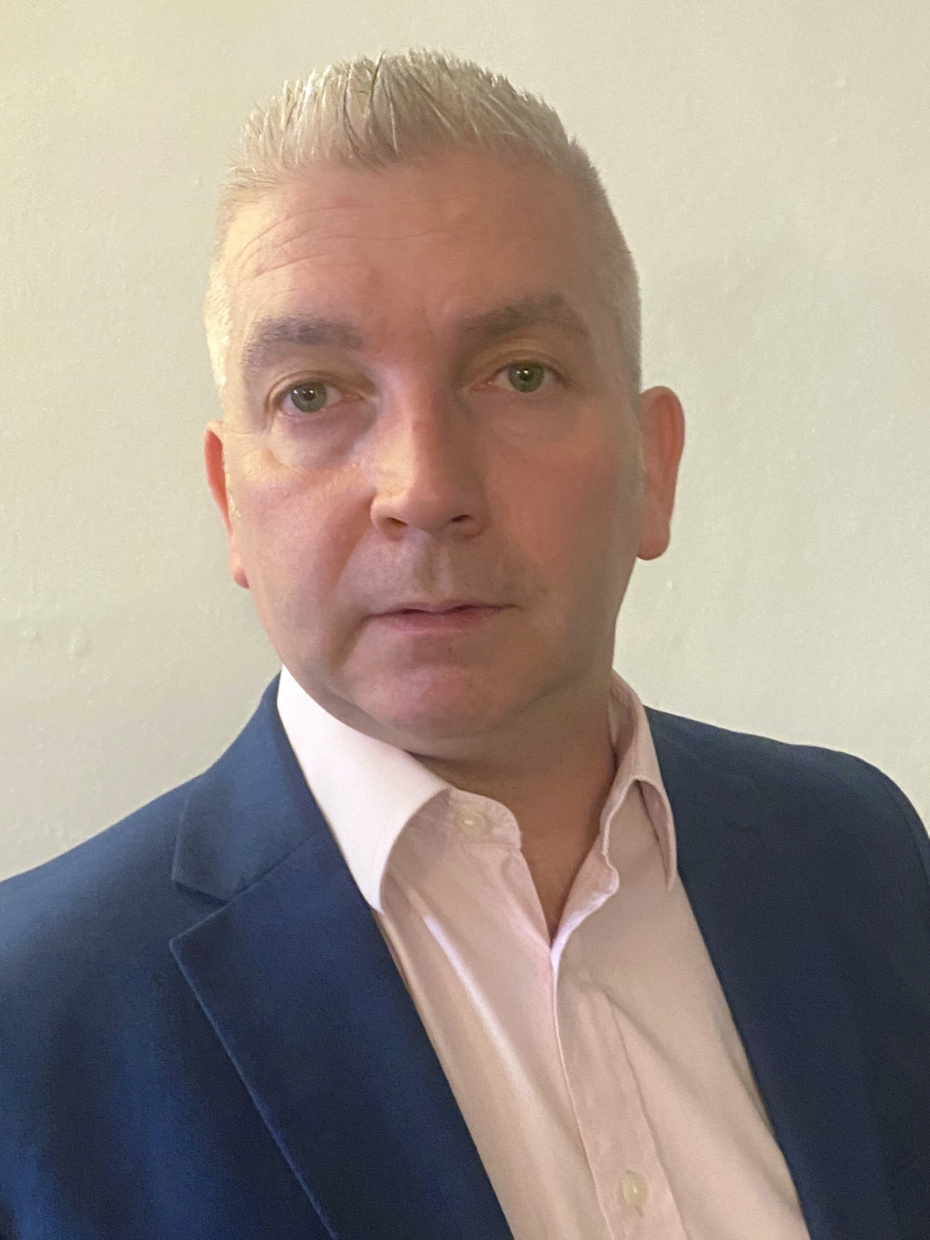Writing bid submissions, whether three, or hundreds of pages long, takes time. So, it’s important to ensure that that time is invested in structuring a winning bid response.
Does this sound familiar?
You were confident that you had produced a detailed response that contained all the relevant information to win the bid. But you lost.
However, looking back, you realise that reading the document and reviewing your response more thoroughly could have resulted in a very different and more compelling submission. Preparation and research could be the real difference between winning and losing your bid.
Here are our list of dos and don’ts when structuring bid responses:
- DO differentiate yourself from the competitors.
A bid or proposal shouldn’t be just about your company’s characteristics and history, but what clearly differentiates you from your competitors. Also, what it means to the prospective client and their business. Whilst focusing on your company strengths, you could also consider your competitor’s potential or perceived weaknesses.
- DO skip the sales pitch.
A good proposal requires the combination of both selling and substance, so don’t be tempted to simply include your sales pitch, particularly if you’ve already completed a pre-qualification questionnaire.The client has already learned about your capabilities and, as a result, has invited you to tender. Conversely, don’t become too technical regarding services and solutions, unless specifically requested, but clearly identify the potential business benefits the client would realise if your organisation’s offer was selected.All response documents should open with an executive summary, which briefly explains your understanding of the client’s requirements and summarises your company’s proposed solutions. Questions should be responded to, providing facts and evidence that match the evaluation criteria.
The majority of information must be bespoke to the question asked, though some original sales material could be included, but only if addressing a specific question.
- DO follow the format.
Always follow the format and order of the tender document unless a specific format and structure is stated by the client. This makes it far easier for the reviewer to find your answer.Try to structure responses to match the structure of the evaluation criteria; e.g., if each question has multiple sections, structure your response to answer each section individually. This makes it much easier for the assessor to read, review and score.
- DO understand the requirements.
Understanding the client’s requirements fully in the first instance allows you to confirm how you will provide the services, products or solutions required, which will hopefully put you at the top of the selection list.
- DON’T assume familiarity.
Even if you are an incumbent service provider, you shouldn’t assume that everybody reading and evaluating your response knows you or your organisation.You therefore need to complete the response as though you are a new potential service provider. Occasional references to excellent service levels already provided could be included, but only if relevant to a specific question. Providing the requested information and supporting evidence will help you achieve the highest possible scores in the evaluation process.If multiple authors are involved, it is important to interact regularly through meetings or electronic communication to maintain the same win themes, USPs, styles, use plain English and keep consistency throughout. Also, avoid technical jargon, as the assessors may not be technically minded.
Don’t forget that your proposal, and those of your competitors, will be scored in the same way. Only if your proposal offers the best contract solutions will you be selected to provide the services. If, at any time, you don’t understand a question, or need further information or clarification, ask the client!!
- DON’T use marketing fluff. Marketing fluff always leaves assessors with an empty feeling after they read it, as this contains typical sales and marketing material, along with claims that are unsubstantiated, which are clearly boilerplate.Evaluators are looking for specifics, built around services offered and the benefits they will gain. Making empty claims or answering questions in a highly generic format tells the client that you don’t really have a real answer, or have not invested sufficient time to prepare your response. Therefore, remove all marketing fluff and answer each question in a bespoke and detailed manner.Do the contents, packaging, financials, business examples, supporting information and references contained within your response address the client’s actual questions? Is the document short and concise, well organised, structured and easy to read and review? Have you proof-read the document and checked punctuation and grammar?
- DON’T forget to tailor your response.
A professionally crafted, visually attractive and clearly bespoke proposal will impress the client. They can see how much effort went into producing the document and it demonstrates that both the client and their business are very important to your organisation.Impressing clients and assessors with bespoke information will, by its nature, be recognised for what it is. It is much harder for an assessor to give a higher evaluation score based on generic information.
Don’t forget, every point could be the difference between winning and losing!!
If you’d like to discuss how to plan your bid responses, we can offer tailored bid training to upskill your internal teams and help to increase your win rates.


Comments
This post has no comments yet...